Goan Poi Bread Recipe – How to Make Poi Bread
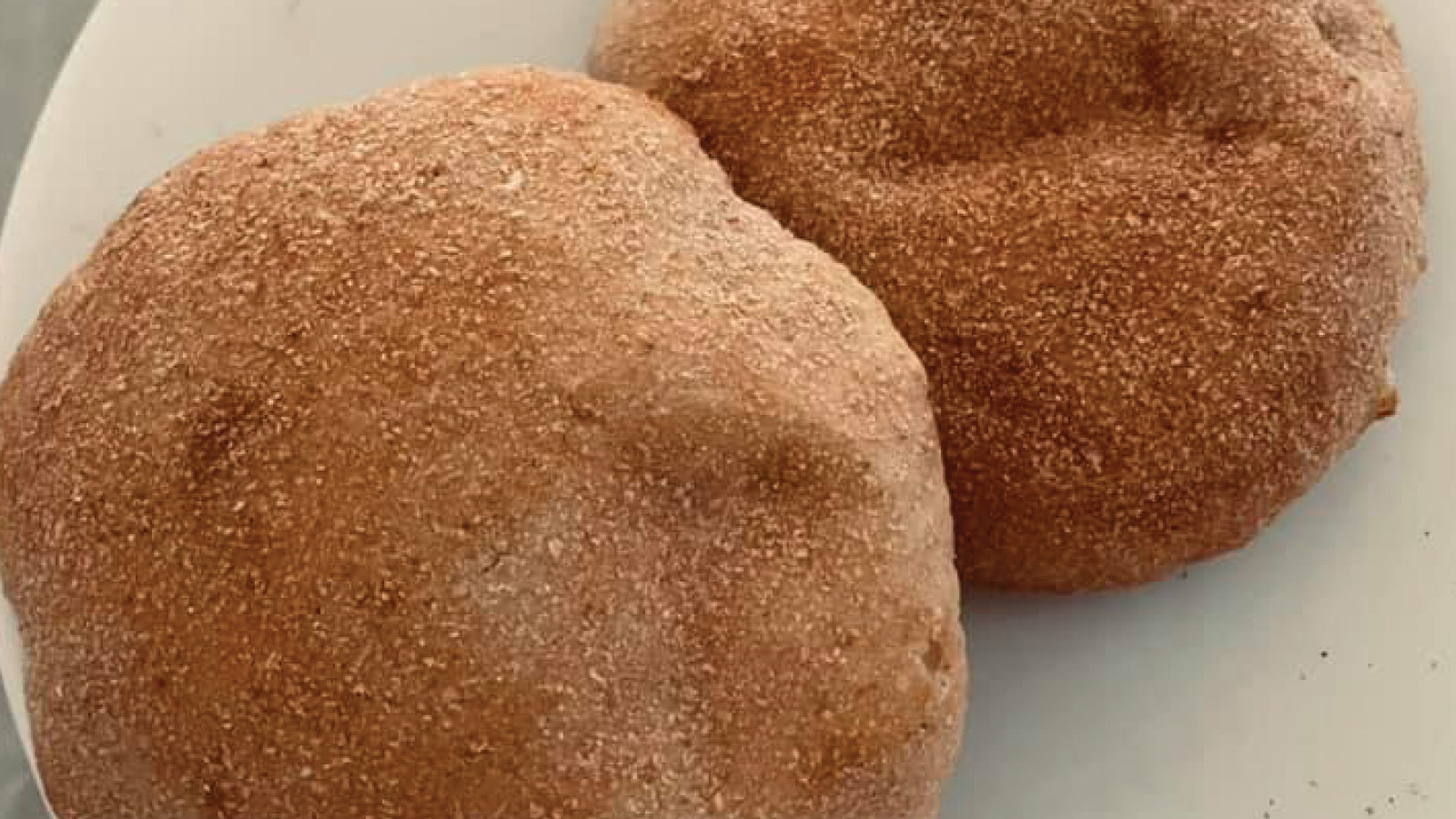
Goan Poi Bread Recipe – How to Make Poi Bread
Equipment
- Mixing Bowls
- Oven
- Rolling Pin
Ingredients
- 1 ½ cup whole wheat khapli flour
- 1 cup nachni flour or any gluten-free flour
- 1 ½ tsp wild yeast
- ½ cup wheat bran for dusting
- 1 tsp himalayan pink salt
- 1 tbsp organic jaggery powder/coconut palm sugar
- 2 tsp cold pressed coconut oil
- 350 ml water or more as per kneading
Instructions
- To activate the yeast: Stir the jaggery/coconut palm sugar in 75 ml Himalayan lukewarm water and sprinkle the yeast in it.
- Mix and leave aside for 10 to 12 minutes. When the yeast gets active, the mixture will turn frothy.
- Mix all the other ingredients in a different bowl.
- Add the remaining water bit by bit till all is used.
- Knead the dough well. When the dough is ready, it will be slightly sticky and soft.
- Cover and keep aside for about 2 hours at room temperature (or until doubled in size).
- After 2 hours, gently deflate the dough.
- Divide the dough into 6-7 portions and form balls.
- Use wheat bran to dust rolling surface.
- Dip each dough ball in the wheat bran and roll into approximately 4–5-inch sized discs.
- Cover and keep aside for 30 minutes.
- Preheat the oven to 245–250-degree C.
- Bake for 6-7 minutes.
- If the top is not well browned, you can turn on TOP heat for 1 min. Ensure the top doesn’t get burned. You will get nice soft pois with hollows inside. That's how to make poi.
Notes
- If you don’t get an empty pocket in the poi bread, next time make sure you preheat the oven for a longer time.
- The oven has to be very hot as the empty pocket in the poi is created when it is being baked.
- The outer surface creates a wall/layer that seals the poi before it gets inflated or puffed up with steam that is created internally with the high heat, creating a pocket.
- Depending on the flours used, you may need a little more water to knead the dough. Therefore, it is important to add the water in small quantities while kneading.
- The water to activate the yeast should be only lukewarm, or it will kill the yeast.
- High temperature is essential so that the poi bread puffs up well. The oven should, therefore be hot.
- Stretching and pulling the dough with hands is the best as the dough becomes very elastic and pliable.
- You can use oat bran as a replacement for wheat bran in this poi recipe too.
- You can also use a sourdough starter for making the poi bread as an alternative to this poi recipe.
- Wheat bran is rich in dietary fibre. The insoluble fibre present in it can help relieve or prevent constipation and keep bowel movements regular.
- Those who are gluten intolerant can use gluten-free oat bran too.
- Nachni is packed with amino acids and calcium.
- Khapali/emmer is a good source of protein, iron, dietary fibre, thiamine and other B-vitamins. It also has lesser gluten content as compared to the usual wheat.
|
From a pimple to cancer, our You Care Wellness Program helps you find a way Talk to our integrative team of experts today 18001020253 |

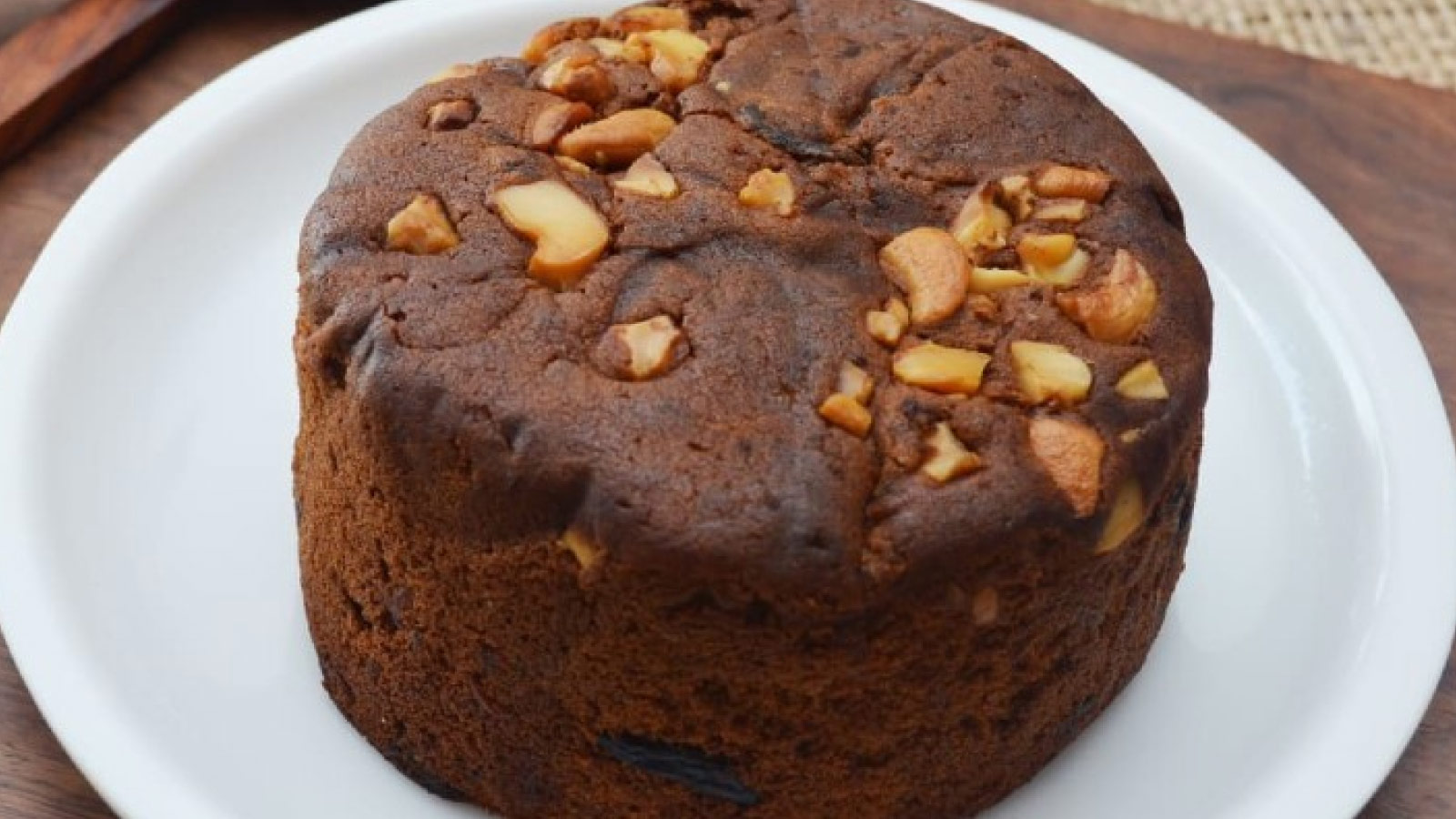
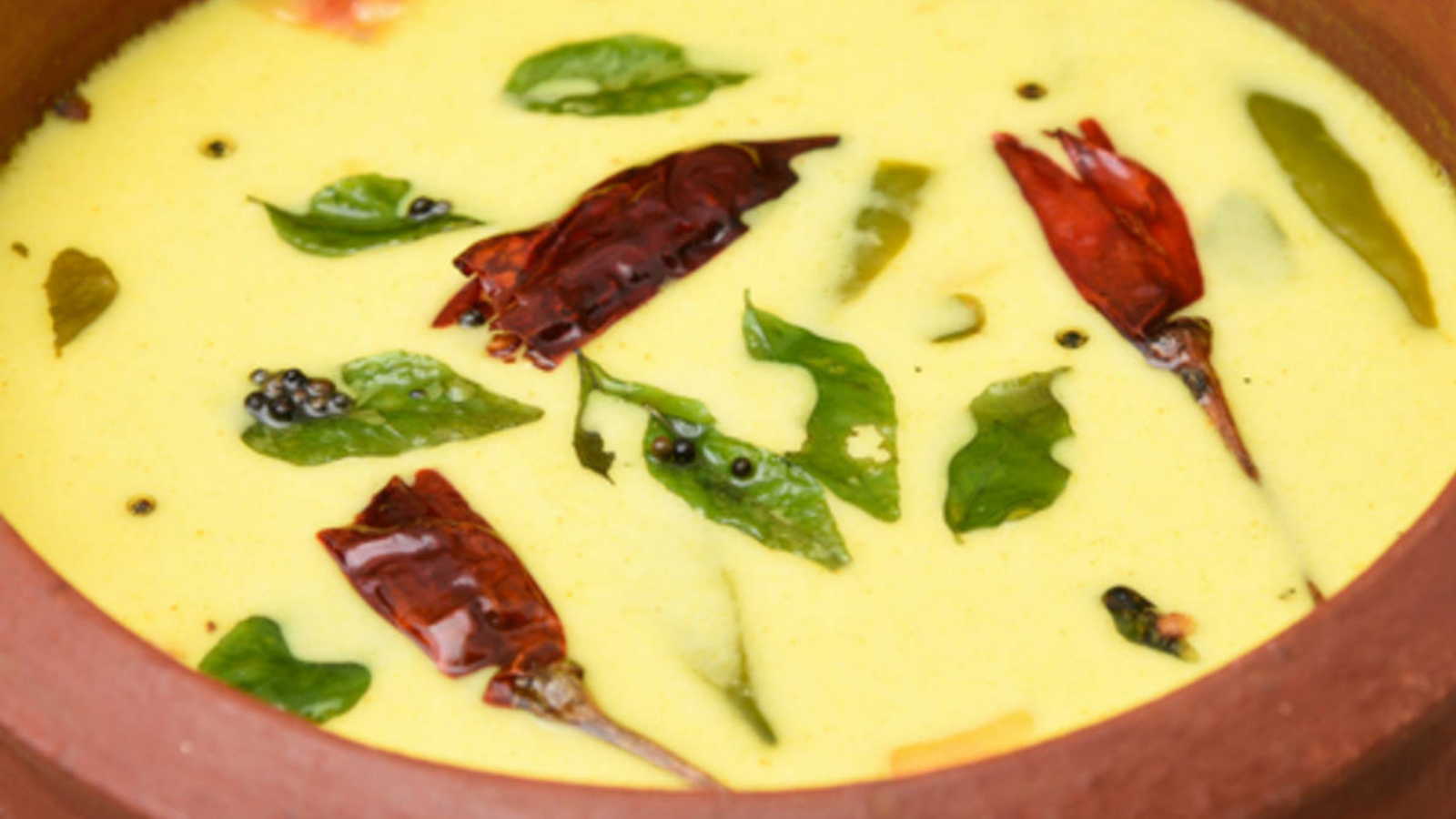
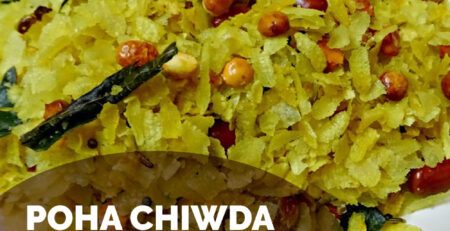
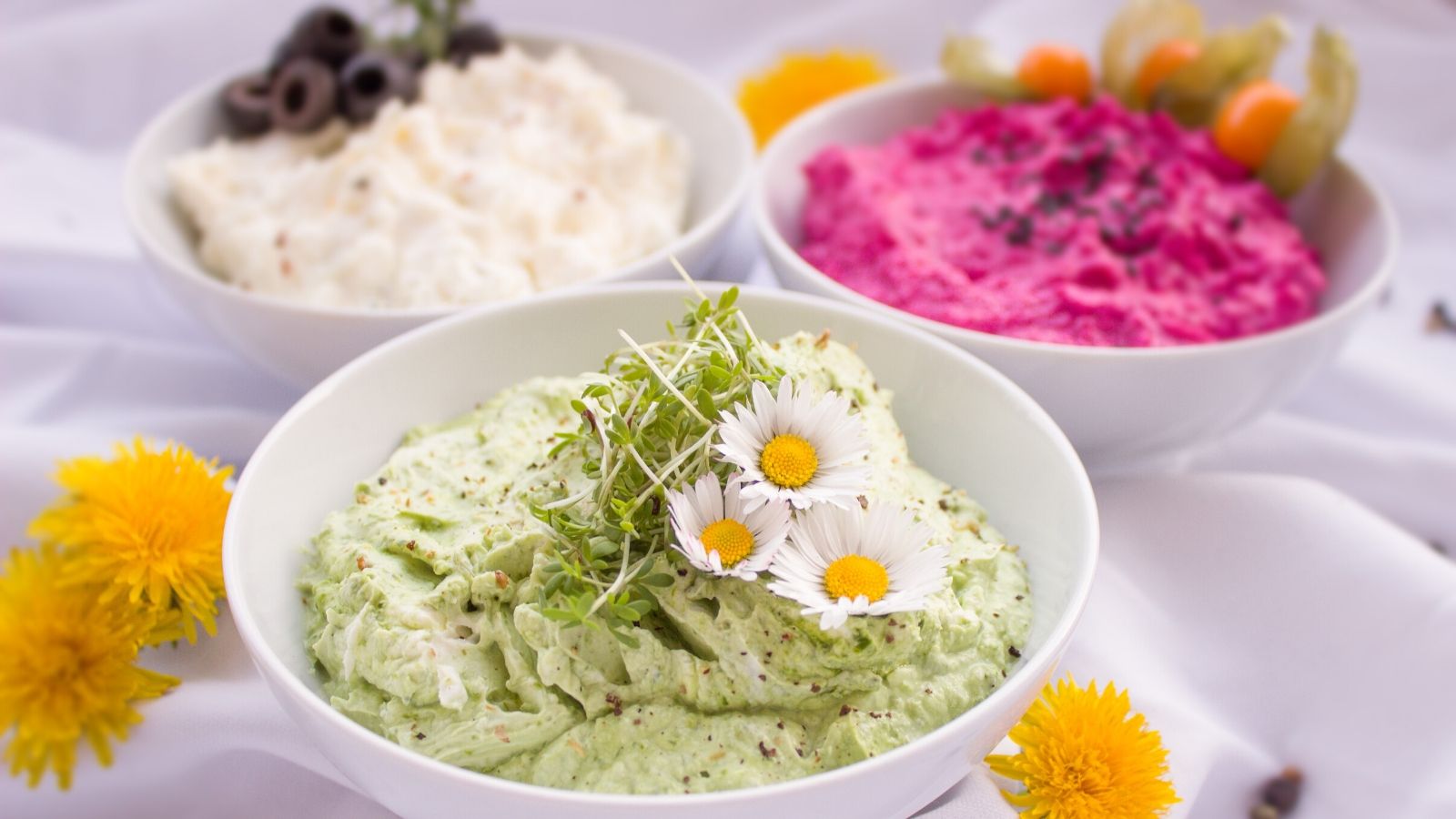
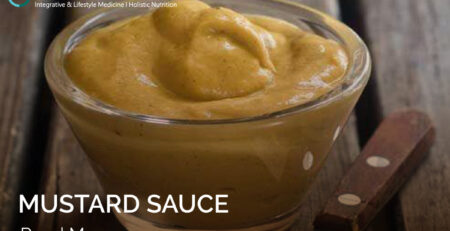
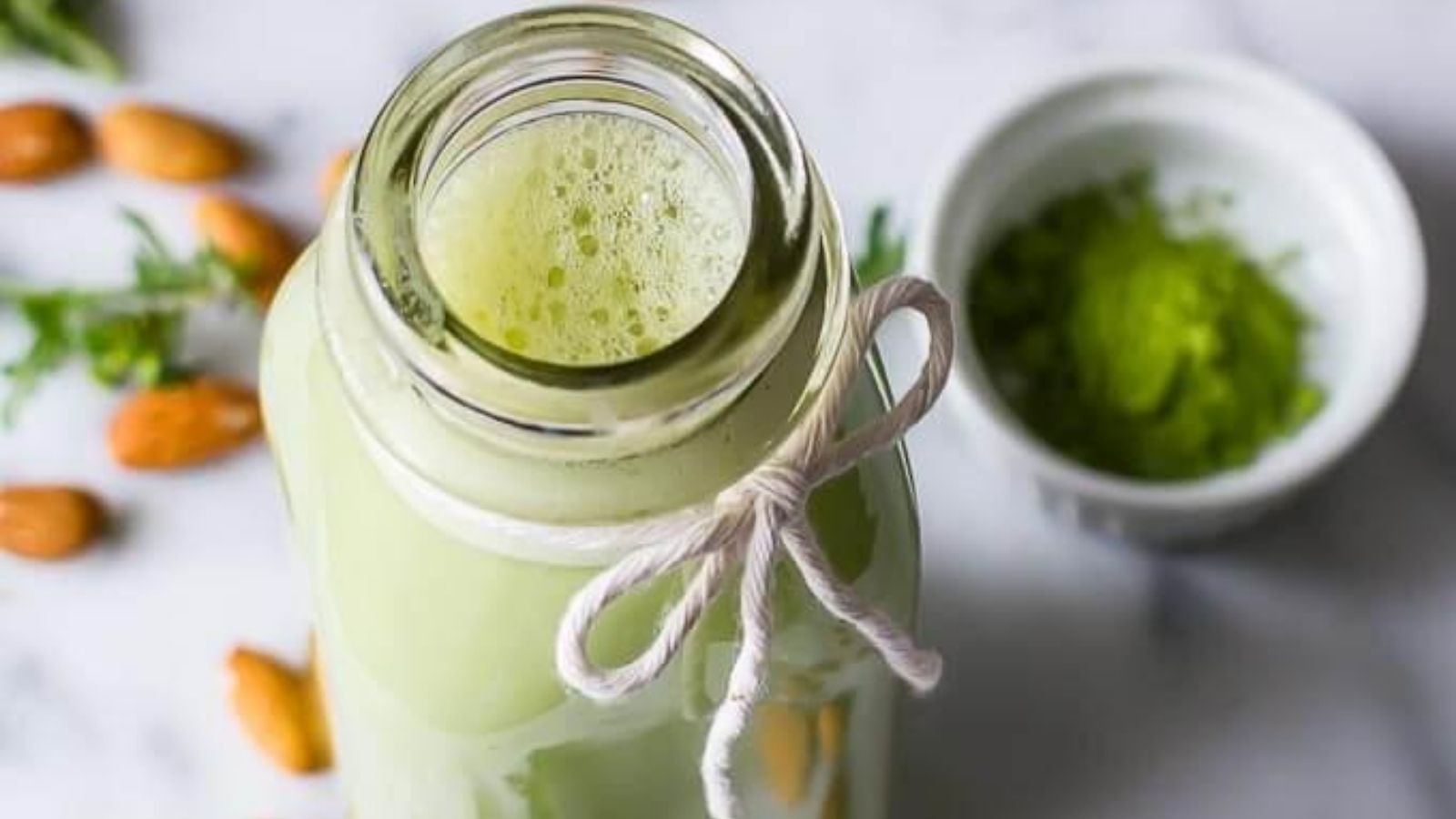
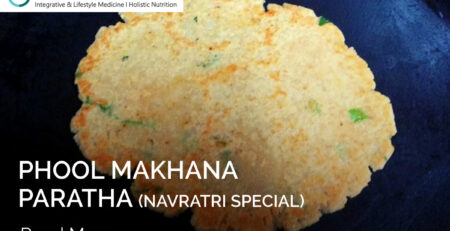
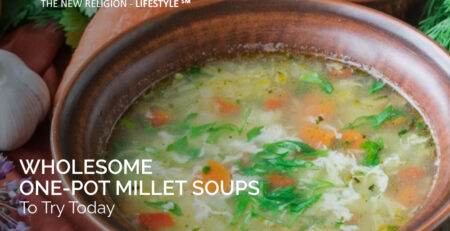
Comments (4)
Great recipe for poi! The wait is worth it.
Thank you 🙂
Where can we source ready to eat Poi from
Thanks for sharing good recipe of poi